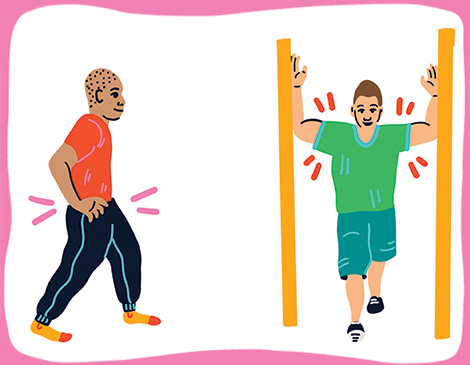Stretching exercises can improve muscle flexibility, range of motion and balance and are an important factor in staying fit. “Stretching keeps your muscles flexible, strong and healthy, and helps to maintain good range of motion,” says Dr. Heather Rainey, director of the sports medicine program at MetroHealth Medical Center. She recommends stretching two or three times a week. “If you are new to stretching, start small,” says Rainey. “Adding 5-10 minutes of stretching per day is a great way to get started.”
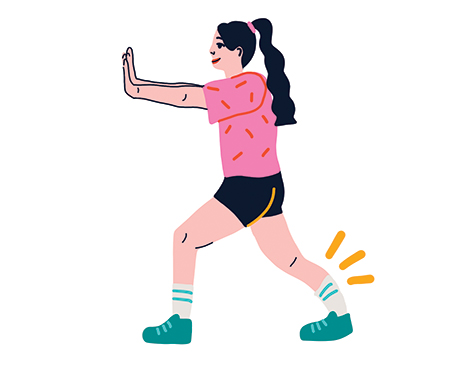
Achilles: Stand with your left leg behind you. Bend your left leg into a small lunge until you feel a stretch. Hold for 10-30 seconds. Repeat this stretch with your left leg straight. Switch sides and repeat. “Do this stretch with both a straight and bent knee to stretch both muscles in the back of your calf,” says Rainey.
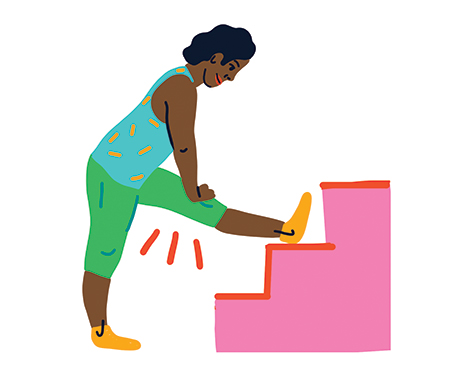
Hamstrings: Stand with your left leg in front of you. Lift and rest your left heel on a stationery object, such as a chair or step. Gently lean forward at the hip to feel a stretch across the back of the thigh. Hold for 10-30 seconds. Switch sides and repeat. “Keeping your hamstrings loose and flexible can help prevent strains and injuries,” says Rainey.
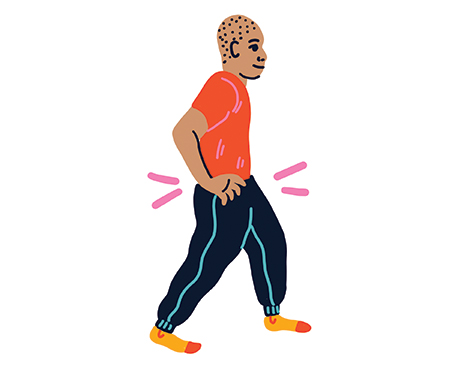
Hip Flexors: Stand with your legs staggered, one in front and one in back. Use your back leg to push your pelvis forward. You should feel a stretch along the front of your hip and thigh. Switch sides and repeat. “Hip flexors can be difficult to stretch because we don’t have a lot of natural hip extension,” says Rainey.
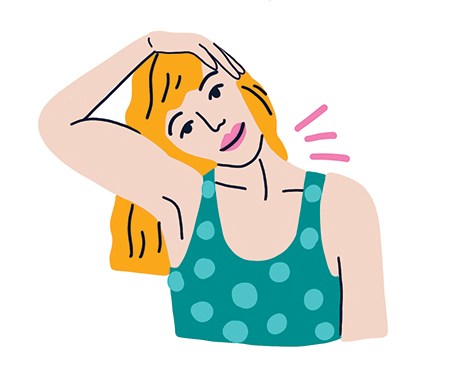
Neck: Place your head down and to right towards the front side of your shoulder. Place your right hand on the left side of your head. Gently pull your head downward towards your right shoulder. Switch sides and repeat. “A simple neck stretch may be all you need to relieve or prevent neck pain” says Rainey.
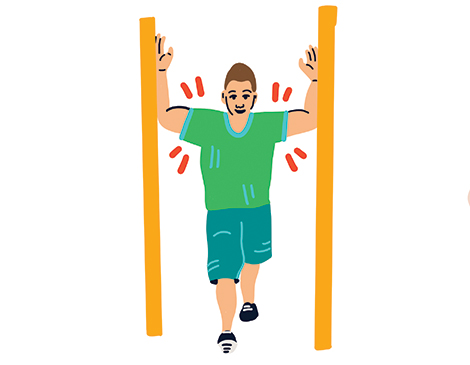
Upper Back and Shoulders: Go into an open doorframe. Place your arms up along the sides of the frame in a football goal post position. Lean forward through your shoulders. You should feel a stretch in the front of your chest and shoulders. “Sitting at a computer all day can cause tightness in your upper back, shoulders, neck and the front of your chest,” says Rainey.

